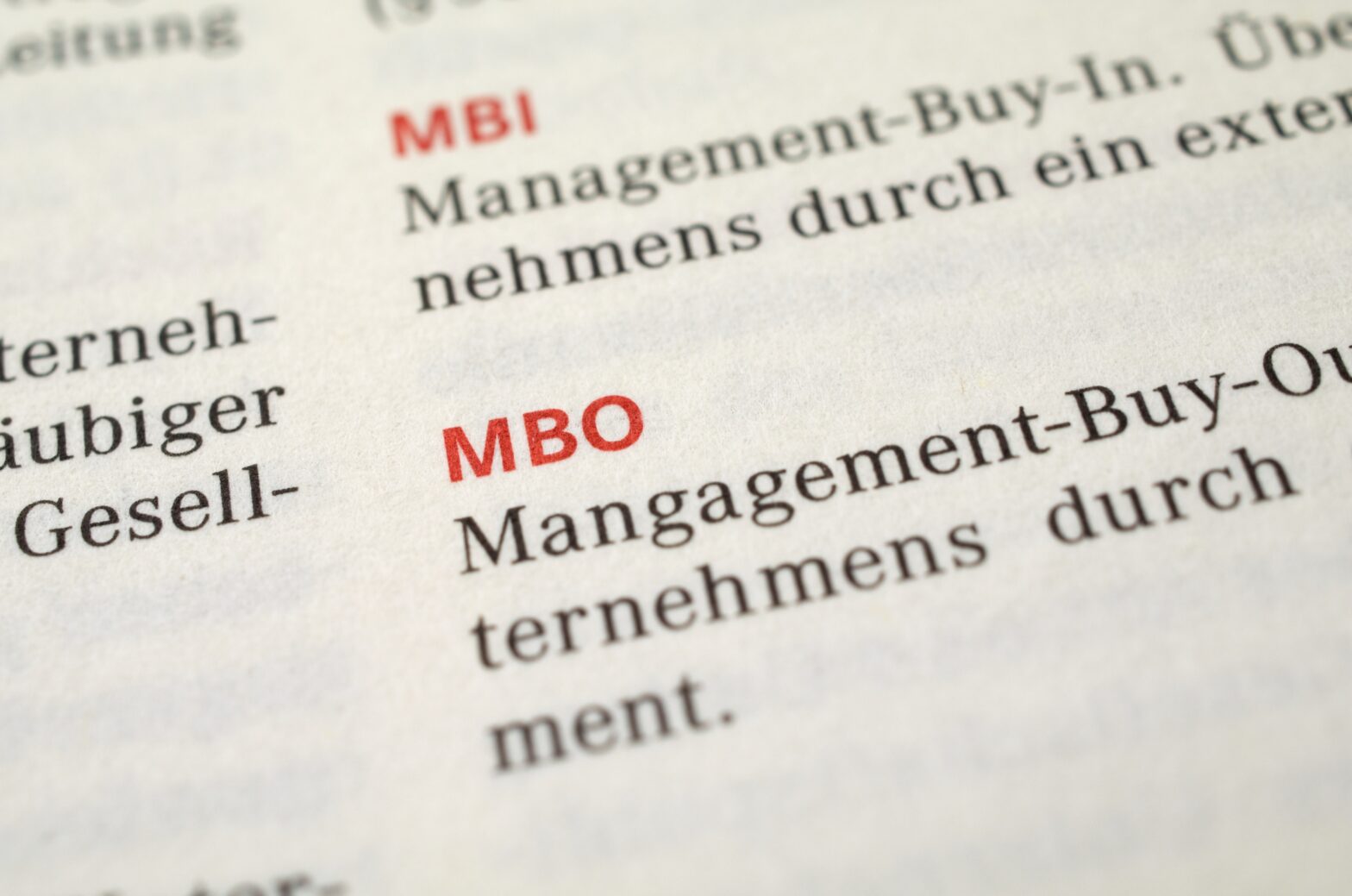This article was originally published in the GrowthBusiness M&A Guide.
The M&A Guide is aimed at entrepreneurs and owners of growth companies, summarising the state of play of the dealmaking landscape and the various elements of the ecosystem over the past year. The aim is to help business owners understand whether a merger, acquisition, sale, or going public is right for their business, and the types of advisers and expertise they may require along the way.
‘De-risking’ mergers and acquisitions
Price adjustment mechanisms are common in corporate transactions, as buyers want to ensure the price they are paying reflects the value of the business at the time of the acquisition. Traditionally, completion accounts have been used to ascertain the financial position of the business at the time of the sale and determine the final price. However, as completion accounts are prepared after the sale, they can lead to disputes about the price after the deal has been done. Sellers have not favoured their use as they cannot be sure how much they are going to be paid for their business until the completion accounts have been finally agreed and any disputes resolved.
The use of locked-box price adjustment mechanisms has therefore become more common recently. In a locked-box, the price is fixed by reference to agreed financial information prepared before the sale is completed. The price can then usually only be adjusted if any value in the business is subsequently transferred to the seller (referred to as ‘leakage’). Locked-boxes give the seller more certainty and control over what the final price will be and rarely lead to disputes. For these reasons they are generally considered to be a more ‘seller friendly’ way of determining the price.
Sellers may sometimes spend significant time and expense in progressing a transaction, only to find the buyer seeks to reduce the price at the last minute. Price reductions can occur where there has been a deterioration in the financial performance of the business since the headline price was agreed. Although sellers can find themselves devoting much of their attention to a sale process it is critical they do not take their eye off the ball in terms of the performance of the business before it is sold.
Another common reason for ‘price chips’ is that the buyer discovers an issue with the business that causes it to re-evaluate the price it is willing to pay. One way for sellers to reduce this risk is to undertake a seller due diligence exercise before entering into negotiations with potential purchasers. The purpose of such an exercise is to unearth any problems a buyer might be concerned about so they can be dealt with. This approach is better than the buyer discovering any issues when it investigates the company’s affairs.
When buying the shares of a company, the buyer acquires all the company’s liabilities. To reduce the potential risks involved, buyers should undertake a thorough due diligence investigation into the business and obtain warranties from the seller about all aspects of the business and its liabilities. If any warranties turn out to be untrue, the buyer may be able to claim damages from the seller. A buyer can also de-risk a particular problem it discovers in its due diligence by requesting an indemnity from the seller to cover any liability associated with the issue. Warranties and indemnities therefore effectively act as way of adjusting the price after the sale. In some cases it may also be appropriate for a buyer to consider obtaining insurance to cover specifically identified risks.
One of the most effective ways for a seller to mitigate its risk under the warranties is by disclosure. If a seller discloses to the buyer any reasons why the warranties are untrue, the buyer will not be able to sue the seller for breach of warranty and the risk in relation to the matters disclosed will pass to the buyer. Sellers should also seek to negotiate limitations on their potential liability under the warranties. Warranties, disclosures and the limits on the seller’s liability are some of the principal ways in which the risk in M&A transactions is apportioned between buyers and sellers.
There can be significant risks in corporate acquisitions and disposals, whether you are a buyer or a seller. Instructing professional advisers experienced in transactions of this nature will assist you in minimising the risks involved.
Nick Sayers is a partner, and Howard Taylor is an associate at Payne Hicks Beach Company & Commercial Department.
The M&A Guide 2017 is supported by Clydesdale & Yorkshire Bank, EMC, Kingston Smith, Knight Corporate Finance, and Squire Patton Boggs. To read more, download the guide for free here.







